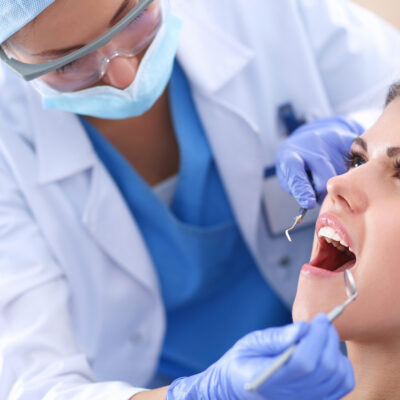
Symptoms of ADHD predominant in children and teenagers
Attention deficit hyperactivity disorder (ADHD) can broadly be categorized into behavioral problems of two types: hyperactivity and impulsiveness or inattentiveness. While a majority of individuals get included under both of these categories, there are exceptions as well. For example, there are cases where some people only exhibit signs of inattentiveness and have completely no traces of impulsiveness or hyperactivity. This type, in particular, is known more commonly as attention deficit disorder (ADD) and not as ADHD. ADD, in some cases, can easily go unnoticed as the symptoms do not manifest themselves predominantly.
Symptoms of ADHD in children and teenagers
It is comparatively easy to diagnose ADHD in children and teenagers as compared to adults because the symptoms are commonly noticeable at the very age of six. Moreover, these symptoms are quite evident in more than just one situation such as just the home or school.
Symptoms associated with inattentiveness
In the case of inattentiveness, one or more of the following symptoms are generally visible:
- The attention span is too short or the easily distracted nature of the child or teenager
- Obvious and careless mistakes in simple things such as homework
- A constant habit of losing things or forgetting simple things
- The inability to concentrate and stick to doing tasks that require time or are tedious
- The inability to follow instructions or even be unable to listen to details being said
- A habit of simply wavering over tasks without much attention
- Showing an inability to organize anything
Symptoms associated with hyperactivity and impulsiveness
In the case of hyperactivity and impulsiveness, one or more of the following symptoms are generally visible:
- An inability to simply sit calmly or still in quiet surroundings
- A habit of constantly fidgeting stuff if not oneself
- No attention towards concentrating on tasks
- Too much of physical movement unnecessarily
- A habit of talking too much, especially out of turn
- To act even before thinking through things
- Simply interrupting any conversations
- Little or absolutely no sense of danger
These types of symptoms tend to affect any child or teenager to a major level as it ends up distracting them from their responsibility of studying. The effect of these symptoms is evident through their school results, their interaction with family and friends, and other issues with discipline.
There are some conditions that have been associated with children and teenagers diagnosed with ADHD, and these appear alongside the ADHD adding to the turmoil of these individuals. Some of these common conditions reported over time include anxiety disorder, oppositional defiant disorder, conduct disorder, depression, problems with sleeping, autistic spectrum disorder, epilepsy, and Tourette’s syndrome. It is important to identify these symptoms in children as they start to exhibit them because the earlier you catch it the easier for you to help your child or the teenager develop a plan to counteract its effects.


